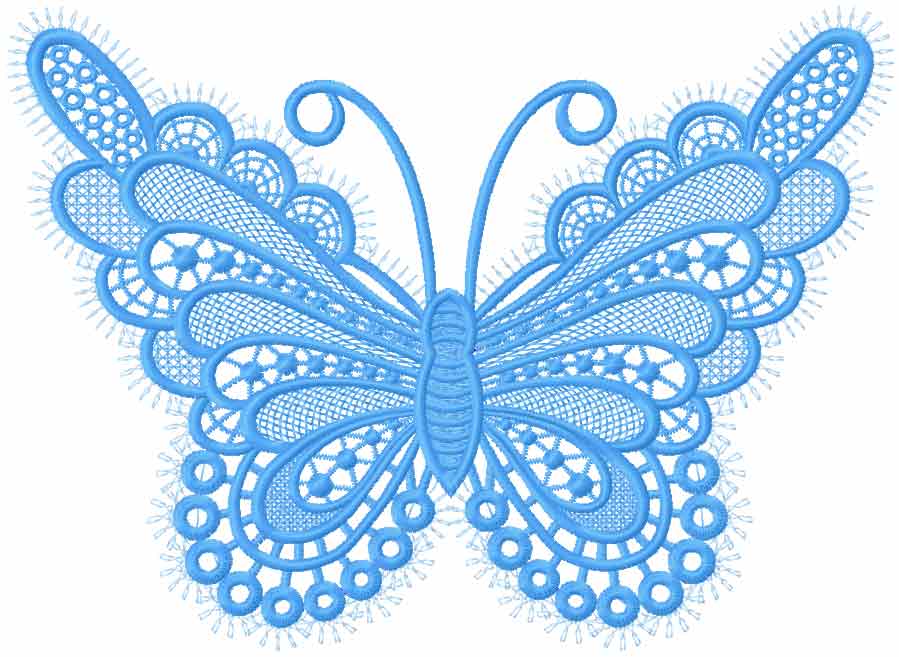


The raw edges of the applique fabric are covered with a satin, blanket or decorative stitch. Tip I always stitch this line twice as it enables closer cutting of the fabric with less risk of the fabric fraying through the stitching.Īfter trimming the applqie fabric back to the cutting line a Tackdown Line is stitched to firmly hold the applique fabric in place. The applique fabric is placed over the placement line and a second line of stitching, normally on top of the placement line, stitches it in place. To correctly place the pieces of fabric on the base fabric to create the design a Placement line is created and stitched on the background fabric. The following steps explain Cut in Place Appique The technique that is use most often with Embroidery software and Embroidery machines is called Cut in Place Applique. The pieces of fabric may be cut to shape prior to applying to the fabric, this is called Precut Applique. PDF file of instructions to create a basic applique design in Bernina Embroidery software to downloadīasic Applique instructions for Bernina Embroidery Software click on this linkĪpplique embroidery is defined as stitching pieces of fabric to another piece of fabric to create a design. This is a zipped file so remember to unzip it! I have included not only the embroidery formats of EXP and ART but also the Design format EMB so that you can load that directly into the embroidery canvas of your Bernina Embroidery software and use the colour Film to see the different steps. Here are some very simple designs for you to practice with and to help follow my instructions. I will start with basic techniques so that this is suitable for people who are just starting to learn how to digitise, but will also include tips and tricks for more the experienced or for those, like me, who love being experimental and pushing limits! Hopefully these lessons will give you some new and exciting ideas. Applique techniques are the base technique for many in the hoop projects. Within our Embroidery software we have a number of applique features and this is the first in a series of lessons to help you understand these options and use them to create your own designs.

(I will provide the design for this bag in future classes.) For example the small bag in the image incorporated applique with some unusual embroidery techniques.

Looking through my teaching samples, and projects, that I have created over the last 15 years for the groups to which I teach Embroidery Sotware, or the articles I have written, made me realise how often the use of applique techniques has been part of a sucessful project.


 0 kommentar(er)
0 kommentar(er)
